You’d have to be a hermit to have never heard of New Orleans Mardi Gras, or as it’s been called, “the largest free show on Earth.” Everyone knows it’s a legendary celebration in a city renowned for its indulgence. Millions have witnessed parades of flamboyant marching bands and the “throws” tossed from papier-maché floats. The lucky ones get invitations to opulent balls where kings and queens reign with pageantry. Everyone lives life to excess before Lent begins. But do you know how these Mardi Gras traditions started and why they continue?
How Mardi Gras Started
Mardi Gras celebrations date to 1699 when the Canadian soldier and explorer Iberville first explored Louisiana and the Mississippi River. Traditionally, Mardi Gras begins on Epiphany, January 6, when the Three Wise Men visited the Christ child. It’s the launch of Carnival season, celebrated around the world as a period of enjoying all the excesses of life. Mardi Gras culminates on Fat Tuesday, the day before the beginning of the Christian season of Lent.
In New Orleans, Mardi Gras season kicks off with a group of men called the Phunny Phorty Phellows boarding the historic St. Charles streetcar dressed in costume and ride it Uptown to proclaim Carnival’s beginning. The Joan of Arc parade rolls through the French Quarter and the Twelfth Night Masquerade Ball is the first of a string of exclusive social balls that occur until Fat Tuesday.
Carnival continues night and day with parades of floats and marching bands, and plenty of Bourbon Street partying.
New Orleans Traditions
King cake is a cross between coffee cake and cinnamon roll decorated in Mardi Gras colors of yellow, green, and purple. Fruit and cream cheese swirl through the king cake and it always has a small plastic baby baked into it. It takes its name from the story of the three kings who brought gifts to Baby Jesus. You can eat it any time from January 6 to Ash Wednesday and the tradition is that whoever gets the baby has to either bring the king cake next time or throw a party. Travel Maestro tip: Download the authentic Gracious Bakery King Cake Recipe here.
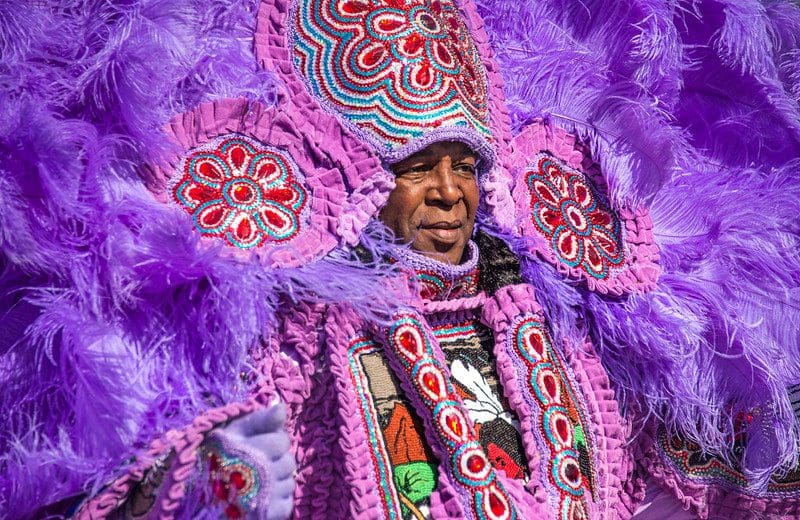
Mardi Gras Indians date back to the antebellum era when Native Americans helped runaway slaves. Later, freed African Americans were still excluded from the white’s Mardi Gras krewes (social organizations), so they celebrated separately. As an homage to their Native Americans friends, they created their own tribes of Mardi Gras Indians. Today there are about 50 Mardi Gras Indian tribes in New Orleans, each with its own Big Chief, flag boy, and other positions.
Their intricately beaded, hand-sewn suits are some of the best folk art in America. They incorporate hundreds of thousands of beads, bright feathers, rhinestones, and sequins and take six months to a year to craft. A suit can weigh as much as 150 pounds! Travel Maestro tip: Theses works of art are only worn once for the Mardi Gras Indian gatherings and processions on Super Sunday. Don’t miss the opportunity to admire the Big Chief’s headdress and the craftsmanship of the members’ suits.
Mardi Gras Balls are dazzling exhibitions of extravagant gowns that start with the King’s Ball on Twelfth Night and continue throughout the season. Each year, the krewe crowns new royalty for the coming year at their ball. About 20 balls still perform the tradition of the Tableaux, a staged pageant that tells stories of myth and legend. Travel Maestro tip: To attend most, you must be a member or an invited guest of the hosting krewe, but the Endymion Extravaganza is open to anyone who buys a ticket. Don your ball gown and tux and head to the Superdome for a night of dancing.
Flaming Flambeaux light up the Mardi Gras season. They are flaming torches that guide many of the nighttime parades. Originally, enslaved Africans carried flambeaux to light the way, manifesting the inequity of their positions. But as they twirled and danced along, they won cheers – and tips. Travel Maestro tip: The practice still continues but is now considered a tribute to the men who came before. And the tips they get are bigger than in the old days – have bills, not coins at the ready.
Mardi Gras Day Traditions
The North Side Skull & Bones Gang is a tribe of Mardi Gras Indians that has been waking up the residents of the 6th Ward Treme neighborhood on Mardi Gras Day for 200 years. They mask (parade in costume) from the Backstreet Cultural Museum before dawn and go door to door chanting, beating drums, and dancing in the streets. It’s quite the spectacle, led by a tall spirit – a Bone Man on stilts. Travel Maestro tip: While their skeleton costumes and antlered masks may look threatening, they are sharing a message of peace. That message is to straighten up your life before you see the Bone Man again because next time will be too late.
Fat Tuesday parades draw thousands of people out to line the streets in full celebration, hoping to catch the “throws” of beads and doubloons the krewes toss to the masses. The crowd-favorite Zulu parade begins at 8 am and might roll for hours, tossing their highly sought coconuts. The Society of St. Anne Walking Parade is a procession of the krewe known for its elaborate costumes. The Storyville Stompers brass band accompanies the group, and onlookers are welcome to join in the parade. Rex krewe rolls next with the leader crowned as king of the whole Carnival. They also offer coveted throws to revelers. Travel Maestro tip: For a prime location to see a bit of everything, hang out in the area around Canal Street.
New Orleans’ traditions throughout Carnival are like nothing you will experience anywhere else. This celebration is just one more way the unique city of New Orleans lets its culture and personality shine. To join the party in New Orleans, ask our vacation advisors to make your reservations.

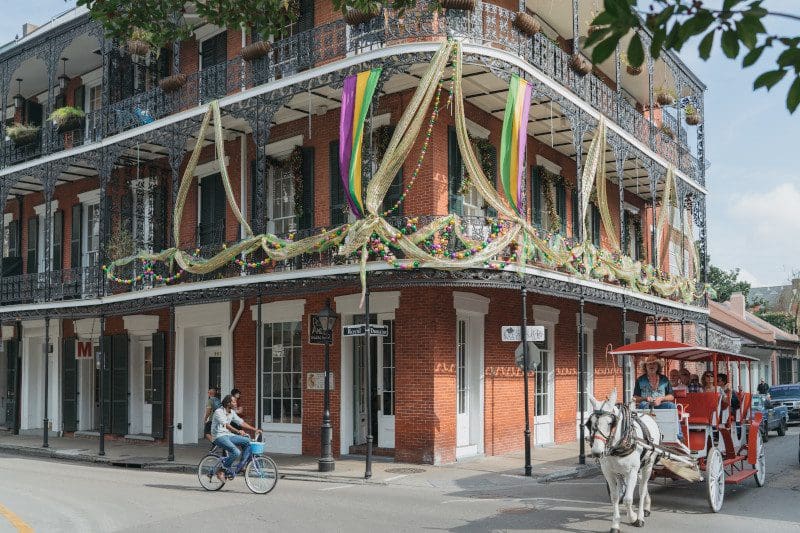
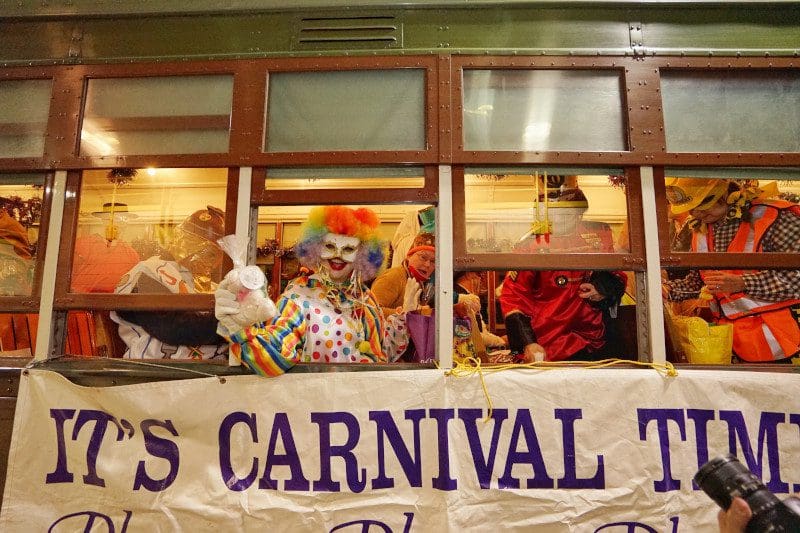
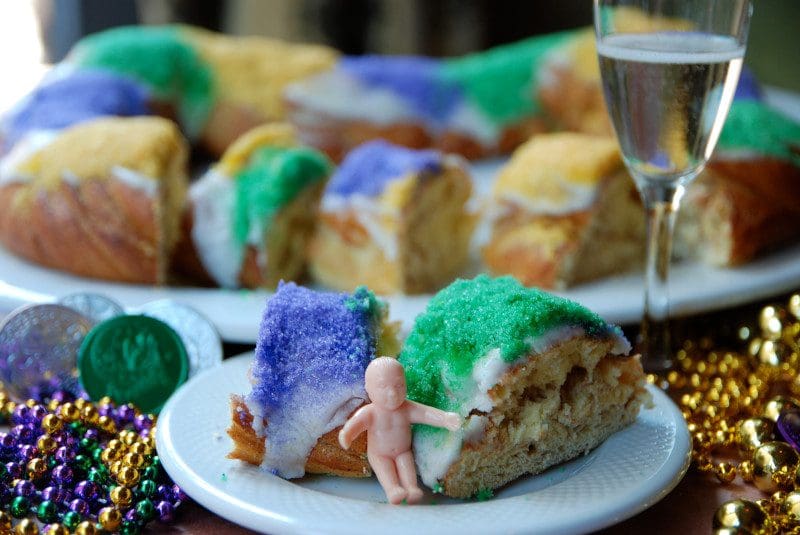
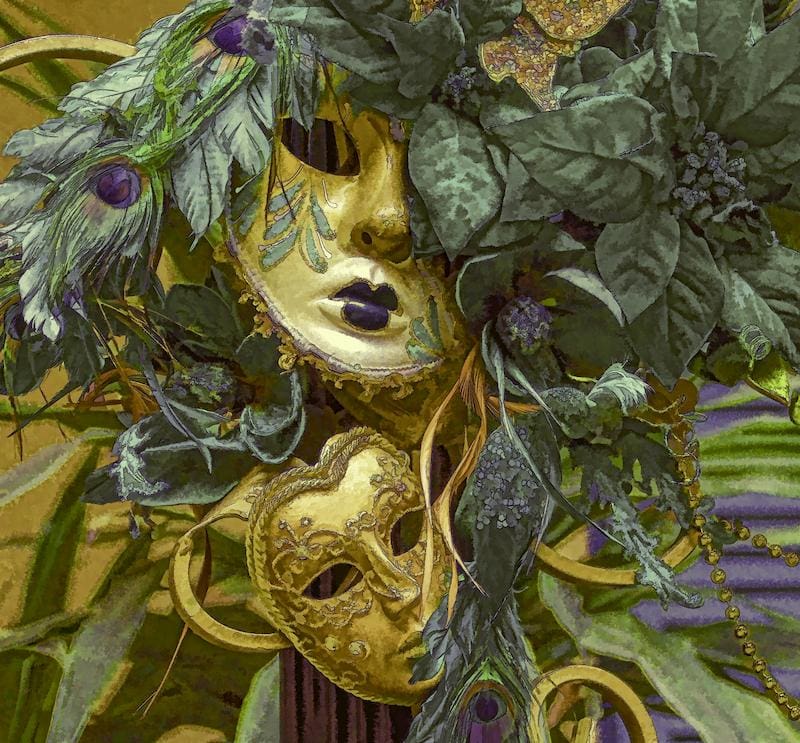
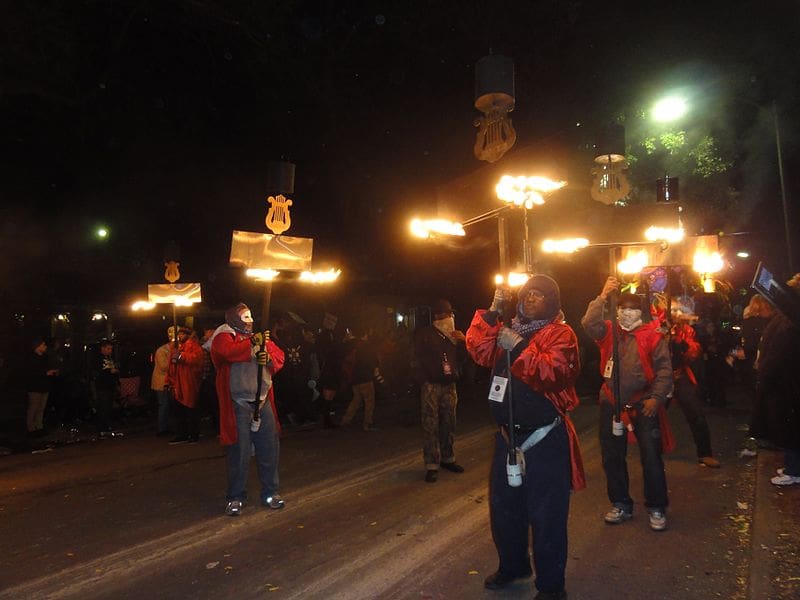
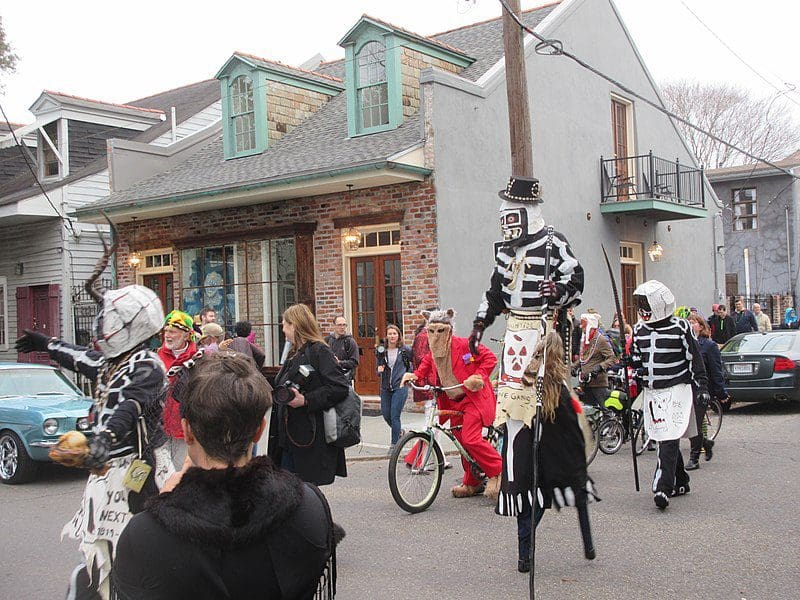
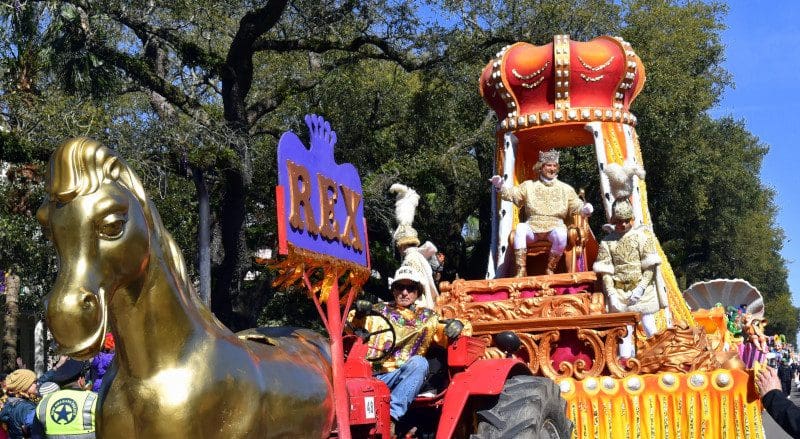






Leave a Reply